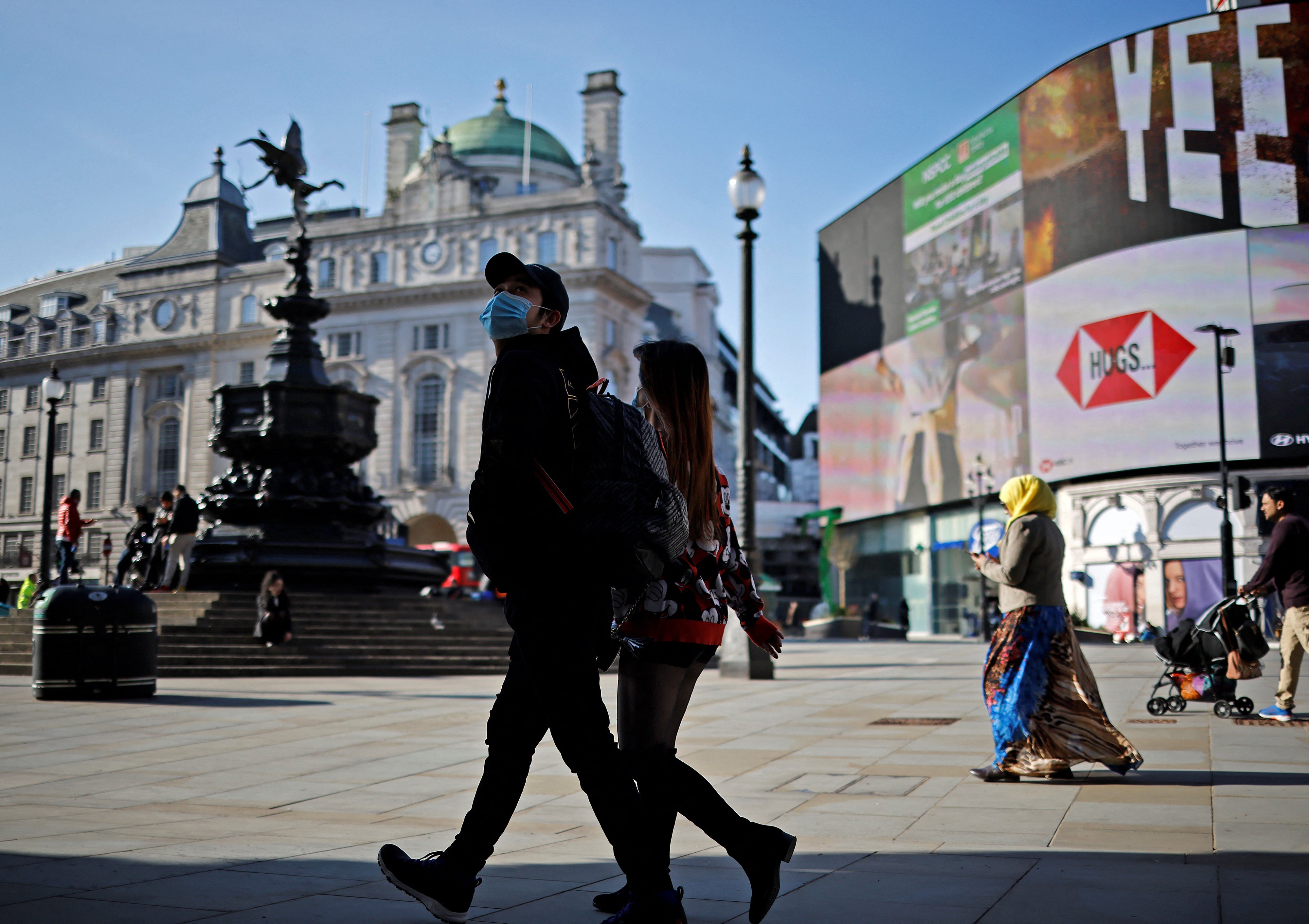Coronavirus: UK’s R rate increases slightly to between 0.7 and 0.9, scientists say
The R-rate is still below 1 meaning the numbers of Covid infections is still shrinking

The R-rate for coronavirus across the UK has increased slightly compared to last week, but still remains below the all-important figure of 1, according to the latest update.
For the UK, the R value is now estimated at being between 0.7 and 0.9 compared to 0.6 and 0.9 last week.
Separately, the latest data showed there were 6,187 confirmed cases of coronavirus reported on Friday, a rise of more than 6 per cent over the last seven days.
The new value still means that the infection rate for the virus is falling.
R represents the average number of people each Covid-19 positive person goes on to infect.
When the figure is above 1, an outbreak can grow exponentially, but when it is below 1, it means the epidemic is shrinking.
Read more:
An R number between 0.7 and 0.9 means that, on average, every 10 people infected will infect between seven and nine other people.
The latest growth rate suggests the number of new infections is shrinking by between 2 per cent and 5 per cent every day.
The government said the estimates were based on the latest data, available up to 22 March, including hospitalisations and deaths as well as testing and studies on how widespread infections were.
It warned the indicator lagged the reality by several weeks and does not yet fully reflect the reopening of schools in England.
It comes as the latest infection survey by the Office for National Statistics (ONS) said infections were levelling off across England.
Around one in 340 people had Covid-19 in the week to March 20, the same as the previous week. It is the lowest figure since the week to 24 September , when the estimate stood at one in 470 people.
But the ONS said cases had increased in the northwest of England and may be rising in Yorkshire and the Humber, which had the highest level overall.
When modelling the level of infection among different age groups in England, the ONS said rates increased among secondary school-aged children in the week to March 20.
Rates fell among older teenagers and young adults up to 34, as well as those aged 50 to 69, but the trend is uncertain for other age groups.
Subscribe to Independent Premium to bookmark this article
Want to bookmark your favourite articles and stories to read or reference later? Start your Independent Premium subscription today.

Join our commenting forum
Join thought-provoking conversations, follow other Independent readers and see their replies